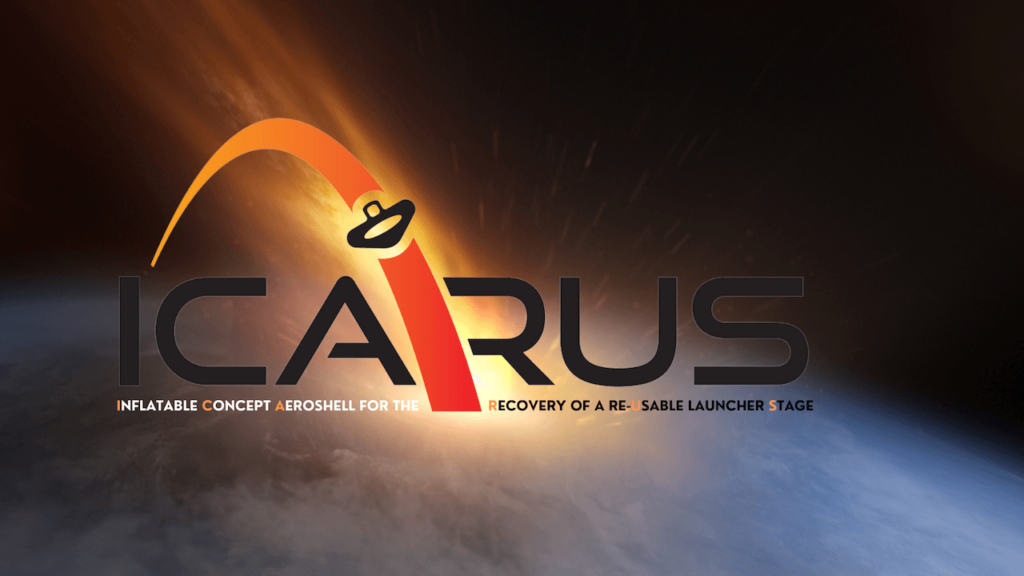of Icarus A consortium formed to develop an inflatable heat shield to recover rocket stages from space and prepare them for Mars missions has received 15 million euros in funding from the EU.
The consortium is led by Spain's Deimos and also includes partners such as Germany's Atmos, the German Aerospace Center (DLR) and the official space research centres of Italy (CIRA) and France (ONERA).
If successful, the system could also protect valuable cargo during re-entry and descent to Earth, and could eventually be used for Mars exploration.
ICARUS (“Inflatable Aeroshell Concept for Recovery of Reusable Launch Stages”) has received funding worth €10 million from the European Commission (EC) under the Horizon Europe programme.
In the first phase, the consortium will complete mission and system designs and mature key technologies on the ground. In the second phase, it will conduct flight tests on a sounding rocket carrying a full-scale IHS demonstrator at hypersonic speeds. The IHS demonstrator inside the rocket will have a diameter of about 50 cm, with an inflated shield diameter of about 3 m. Depending on the application, a commercial full-scale version could have an inflated diameter of 10 m.
The third phase will consist of post-flight analysis of the data and information collected during the mission, allowing engineers to understand the spacecraft's operation, evaluate the performance of the onboard technology, and validate the ability of simulation models to predict both.
The ICARUS project is estimated to take about four years in total, with start-up in June 2024, and testing of the demonstrator planned for 2028.
Simone Centuori, CEO of Deimos, said: “This is one of the most innovative projects of the last decade, involving leading research institutes and companies. From EFESTO-1 to ICARUS, the development period spans a total of nine years and 15 million euros in funding. ICARUS is an important technology driver for Europe, which will revolutionise European re-entry technology and support applications such as rocket stage recovery and hypersonic entry to Mars.”

